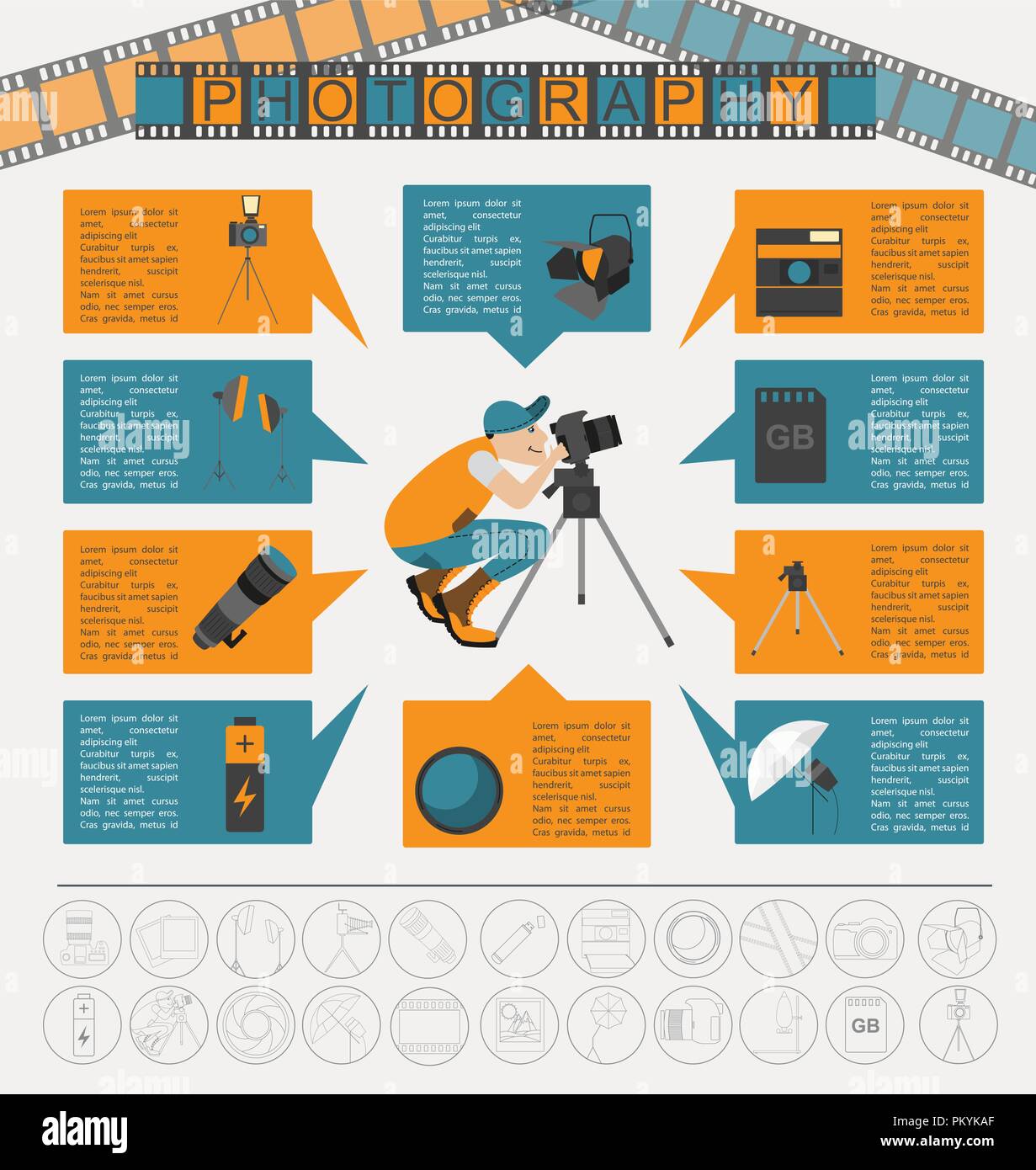Change Your Digital Photography By Understanding Illumination Methods That Can Boost Your Pictures-- Find The Common Pitfalls That Could Be Holding You Back
Change Your Digital Photography By Understanding Illumination Methods That Can Boost Your Pictures-- Find The Common Pitfalls That Could Be Holding You Back
Blog Article
Staff Author-From Ibrahim
As a digital photographer, you know that illumination can make or damage your images. Recognizing the nuances of both natural and artificial light is vital for capturing the mood and clarity you go for in your work. Whether you're going after the excellent golden hour radiance or adjust your synthetic configurations, understanding these elements can elevate your photography dramatically. But there prevail challenges that Visa photos overlook, and recognizing them can transform your approach to every shoot. Let's discover what you may be missing out on and just how it can influence your outcomes.
Understanding All-natural Light
Recognizing all-natural light is critical for any kind of photographer aiming to boost their job. It's the structure of terrific digital photography, affecting state of mind, tone, and clarity. When you fire outdoors, pay attention to the moment of day. The gold hour-- soon after sunup and prior to sundown-- supplies soft, warm light that can transform common scenes right into stunning pictures.
Do not undervalue the power of cloudy days. Cloud cover diffuses sunshine, developing a soft, also light that's ideal for portraits and macro digital photography. You'll find shades appear this kind of illumination without severe darkness.
Placing issues, as well. Always consider your subject's positioning to the source of light. If the sunlight's behind your subject, you may wind up with a shape, which can be significant however mightn't be what you want. Alternatively, direct sunshine can develop uncomplimentary shadows.
Trying out angles; often, altering your point of view can produce incredible outcomes. Use natural reflectors, like water or sand, to jump light onto your subject, including measurement.
Learning Artificial Light
Understanding man-made light is crucial for digital photographers that want to take their skills to the next level. Whether you're utilizing speedlights, studio strobes, or continuous lights, recognizing how to manipulate these sources can substantially improve your photos.
Begin by acquainting on your own with the essentials of light high quality, instructions, and shade temperature. Trying out different modifiers like softboxes, umbrellas, or grids to manage the gentleness or cruelty of the light.
You'll find that soft light typically develops flattering results, while harsher light can include dramatization and depth. Don't shy away from shadows; they can boost the three-dimensionality of your topics.
Pay attention to the placement of your lights. A light located too close to your subject can create unflattering results, while also far can result in an absence of detail. Utilize a light meter or your camera's pie chart to guarantee you're revealing properly.
Lastly, keep in mind that synthetic light can be mixed with ambient light for creative effects. Stabilizing these sources may take method, once you grasp it, your photography will genuinely radiate.
Techniques for Various Situations
When you enter different capturing circumstances, adapting your lighting methods is important for catching the very best photos. For outdoor pictures, make use of the golden hour-- early morning or late afternoon light-- to soften darkness and boost complexion.
If it's a harsh midday sun, consider making use of a reflector to bounce light back onto your subject or look for shaded locations for a much more also direct exposure.
In low-light situations, like interior events, boost your ISO and utilize a large aperture to let in even more light. A tripod can help get rid of cam shake, permitting longer exposures without blurring.
If you're shooting at evening, trying out off-camera flash to produce vibrant lights and deepness in your pictures.
For item digital photography, use diffused lights to stay clear of harsh representations. Softboxes or light tents can help achieve this impact.
When photographing landscapes, consider the direction of light and time of day, as it can drastically change the state of mind of your shot.
Always prepare to readjust relevant website and positioning based on the scenario, as flexibility is key to mastering lighting in photography.
Final thought
To conclude, grasping lights is crucial to boosting your digital photography skills. Welcome all-natural light's beauty throughout gold hour, and don't avoid trying out synthetic light techniques. By adjusting your method to different scenarios, you'll record magnificent pictures that reverberate with feeling and clarity. Keep in mind, the right lights can change a regular shot into something phenomenal, so maintain exercising and improving your understanding of both all-natural and fabricated light. Delighted capturing!
